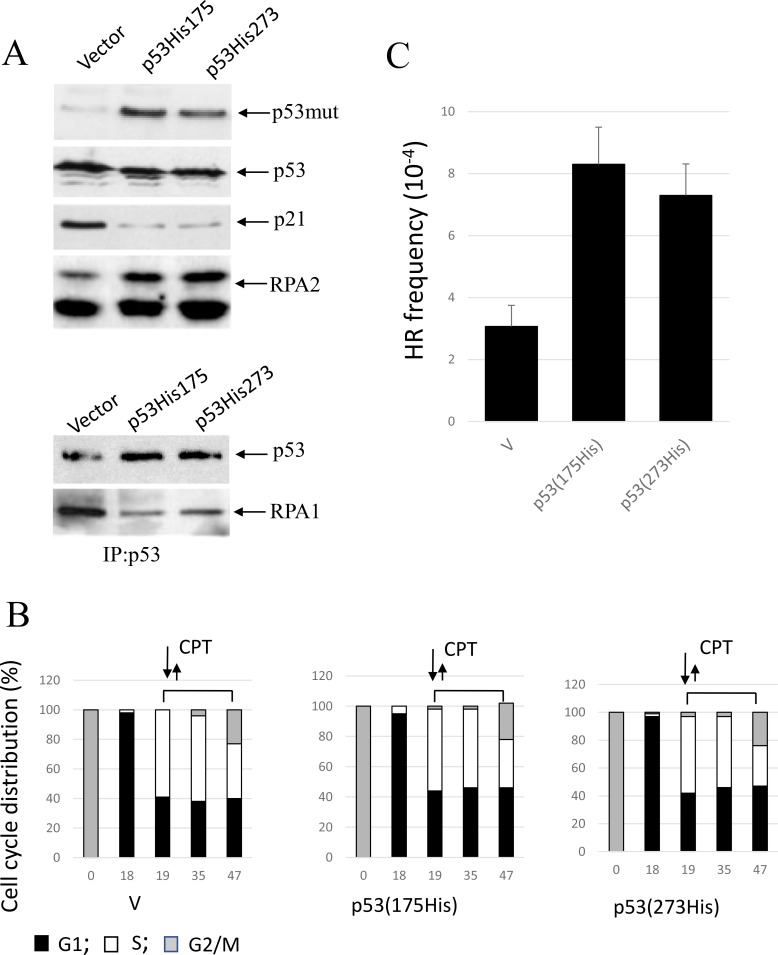Figure 5. Expression of conformational or DNA-binding p53 mutants, p53(His175) and p53 (His273), in A549 cells affects CPT-induced RPA2 phosphorylation and HR.
(A) Cells were harvested following one-hour CPT treatment at 500 nM. Expression of p53, p21Waf1 and an overall RPA2 phosphorylation were analyzed by western blot with antibodies specific for p21Waf1, RPA1, mutant p53 (ab32049, Abcam) or for both wild-type and the mutant p53 (Pab240, Abcam). It was experimentally shown that ab32049 antibody (Abcam) does not react with wild-type p53 in A549 cells. Binding of p53 to RPA in the parental or the p21Waf1-depleted cells was analyzed by western blotting following p53 immunoprecipitation with anti-p53 antibody (Pab240, Abcam). (B) Parental A549 cells or cells expressing p53 (His175) or p53 (His273) were synchronized with nocodazole, pulse treated with CPT at the entry to S phase and later maintained in drug-free medium. Bars represent the relative cell frequencies at different stages of the cell cycle at the indicated times. (C) HR frequency within pDR-GFP recombination substrate were measured 28 hours following CPT treatment.

